Starring: John Harron, Henry B. Walthall, Phyllis Barrington, Donald Kerr, Steve Clemente and Joseph W. Girad
Director: Melville Shyer
Rating: Six of Ten Stars
When a city councilman is murdered while on a fact-finding mission to a local "museum of oddities", the police commisioner (Girard) emerges as the most likely suspect. However, crimebeat reporter Jerry Ross (Herron) sets out to prove his innocence in order to impress tthe commisioners niece (Barrington), a beautiful young lady he's taken an interest in.

"Murder at the Museum" is a nicely executed who-dunnit with an unusual and unpredictable setting of a Skid Row freak show. Everyone in the establishment has a dark history with secrets, but which of the them had enough darkness in their background to murder the holier-than-thou crusading councilman? And how was the crime committed?
In addition to its convincingly drawn seedy sideshow setting, the film is blessed with a fast-moving plot, well-crafted dialogue and a cast of talented actors. The characters are all engaging and interesting and the usual annoying traits of the stock character of the wise-cracking reporter who outsmarts the police are not quite as nerve-grating as they often are, both due to the writing and to the inherent charm of actor John Harron.
There is one odd bit in the film that made me curious about where Monogram Pictures might have received funding for the film. Smoking is a part of every day life, so characters smoking in a film do not cause me to throw hysterical fits the way it does some people, but there's a scene in the film that feels like it should be in a cigarette commercial. It is so strange and so out of place that I can't help but wonder if it's there at the demands of an investor. (I can't really say more about the scene without giving away part of the movie, but if you see the film you'll know exactly what I'm referring to.)
As far as I've been able to determine, "Murder at the Museum" is only available on DVD from Alpha Video, and the print they used had some unfortunate damage to it... like the key couple of seconds missing where a masked killer is throttling the life out of Jerry Ross. It's not unusual for old films from long-gone studios to be in bad shape, but it's something I feel obligated to point out when it disrupts the flow of the story.
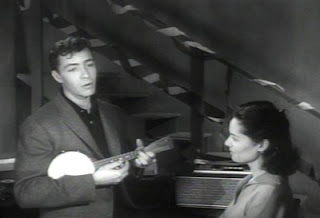












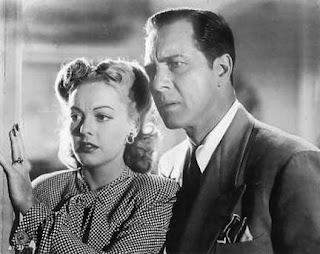

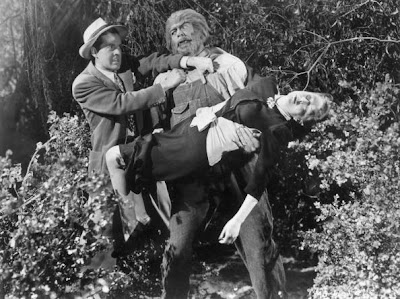

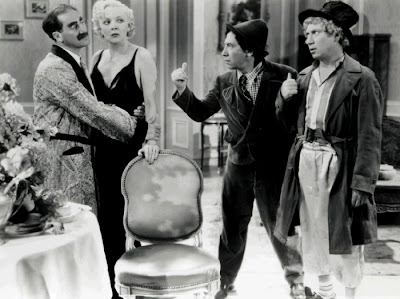













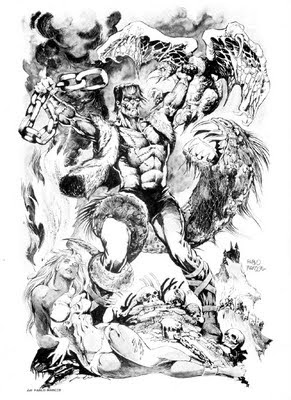














%20(Yasujir%C3%B4%20Ozu,%201957).jpg)






.jpg)
